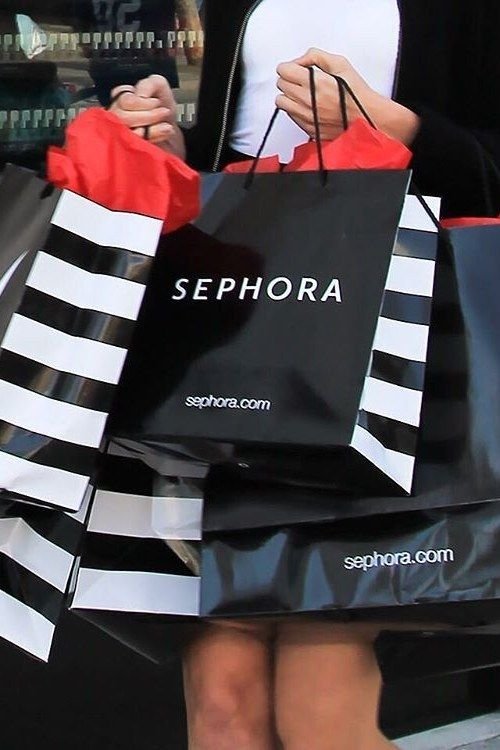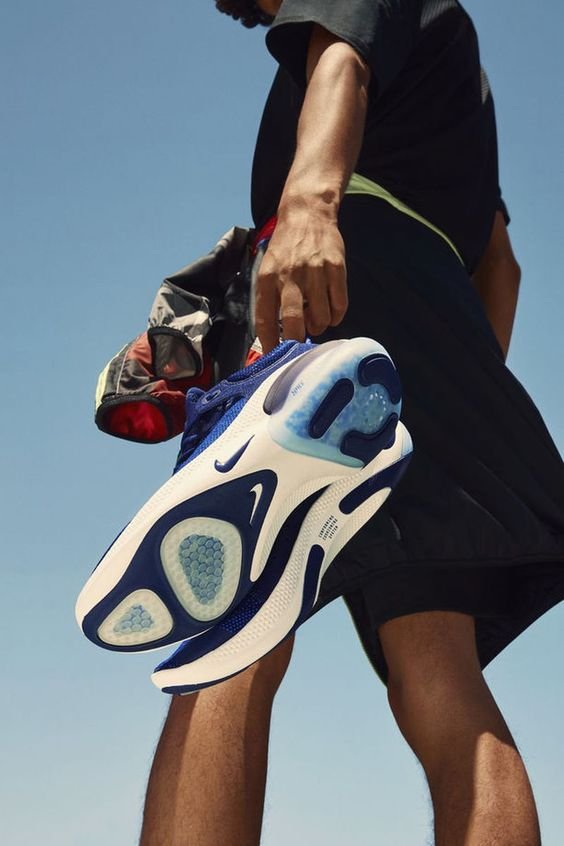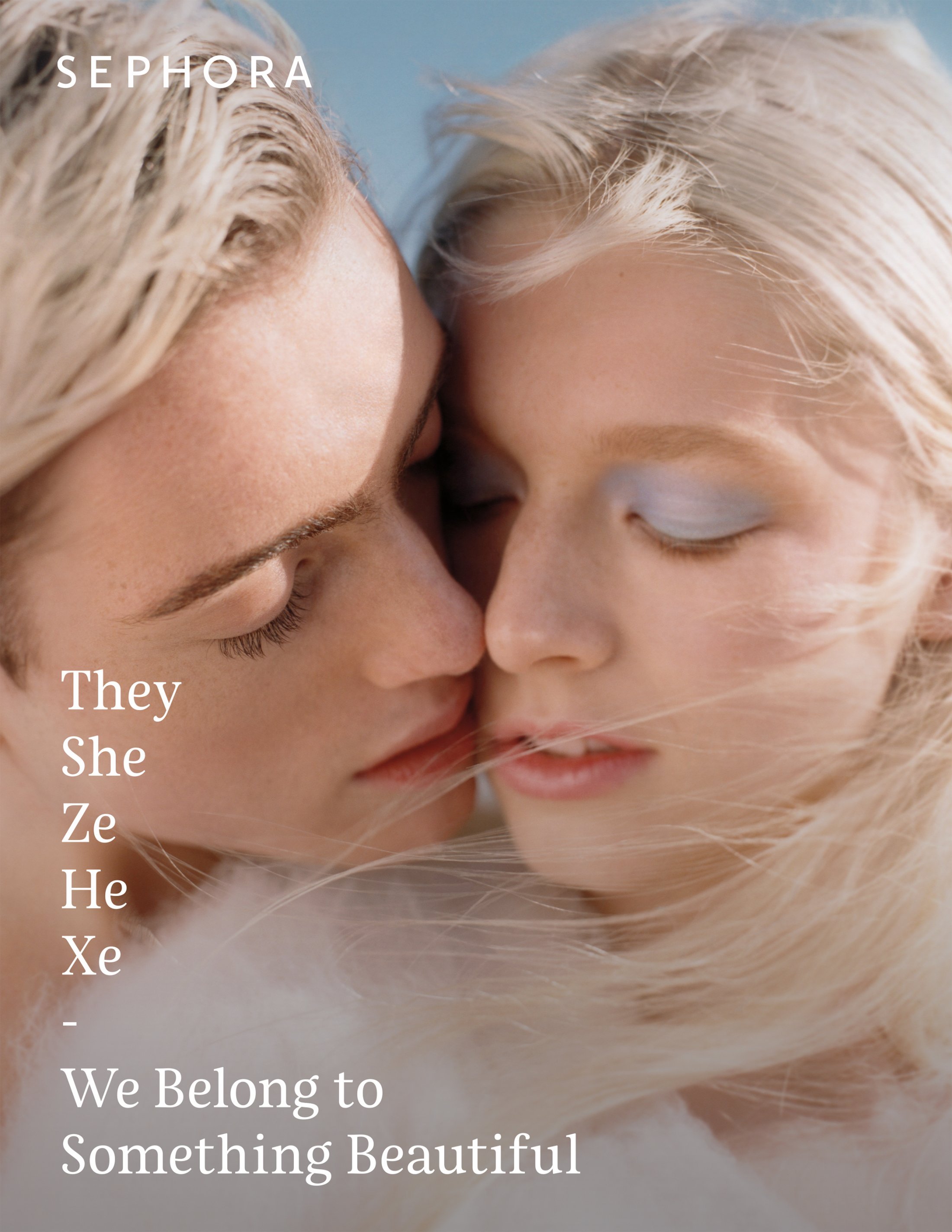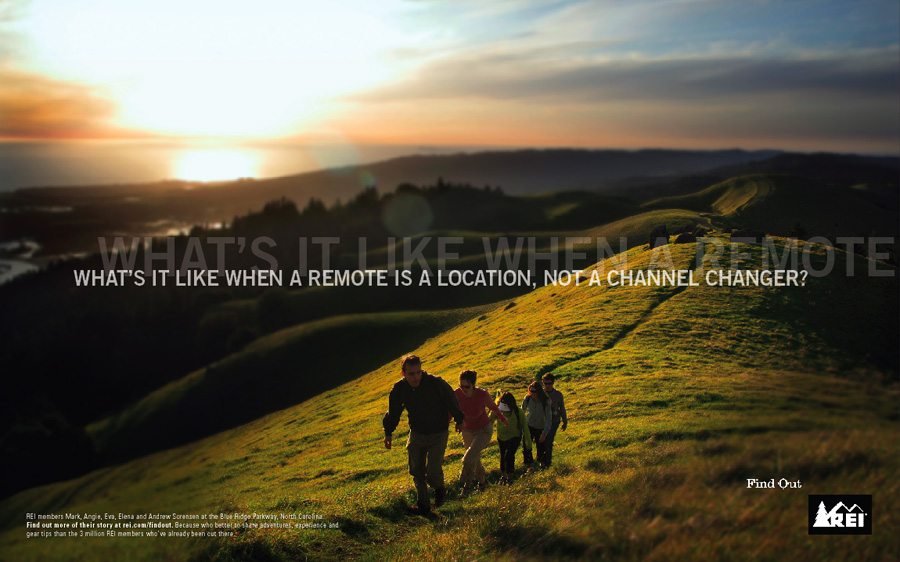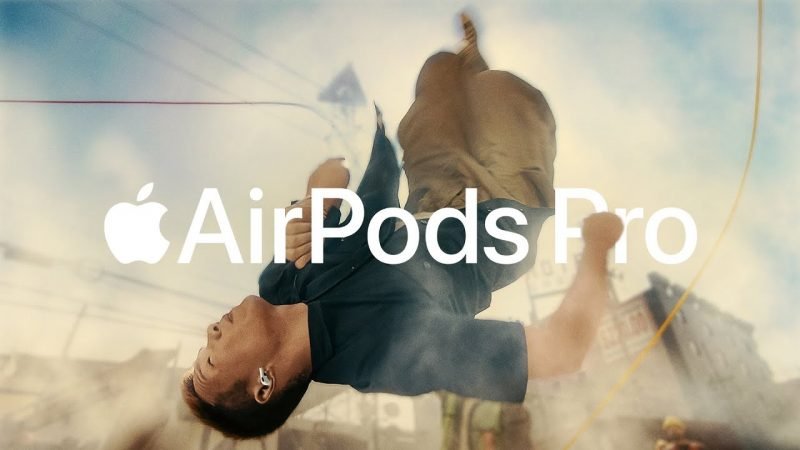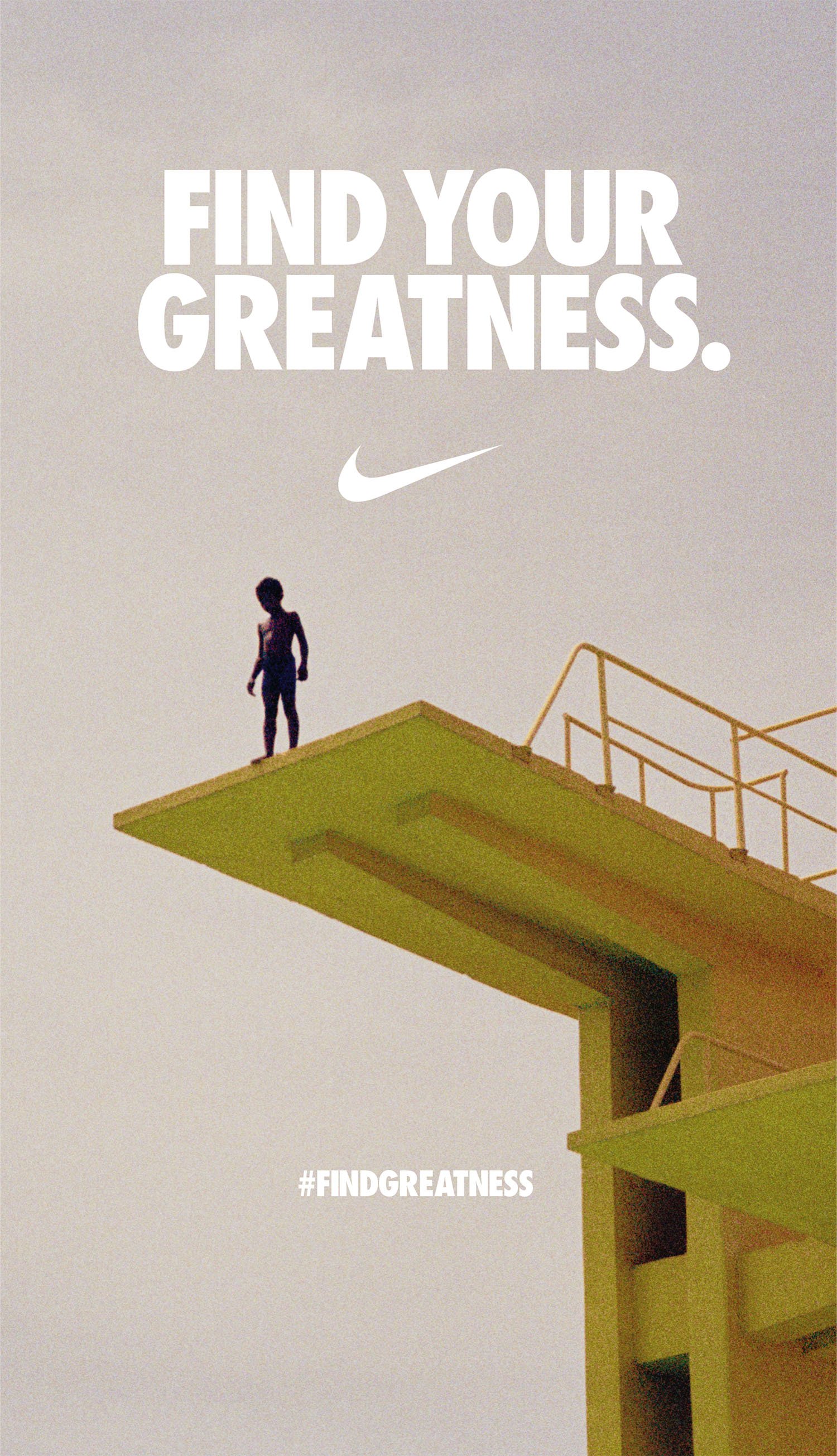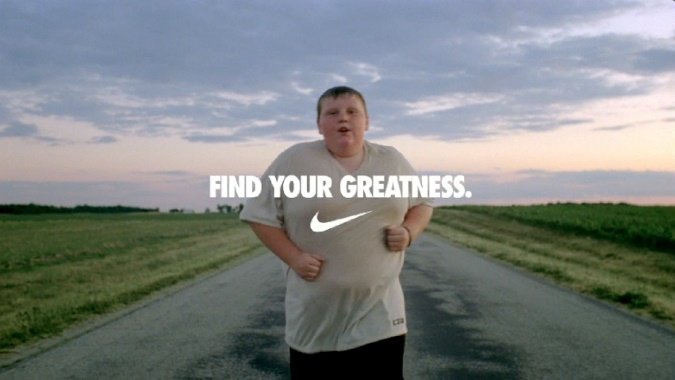Lifestyle vs. Editorial Photography.
I write a lot about the 'Why' behind brand photography and the science behind it.
At the risk of oversimplification, it's about curating an emotional response in photography to create lasting impressions. Whereas straightforward, clean, and bright product photography converts shoppers into customers, brand photography turns customers into loyal super fans. Read more about the science and why brand photography works. [Link 1] [Link 2]
Here, however, I want to discuss the 'How.'
I want to take a moment to help you find the right approach for your next brand photoshoot.
Summary
Objective.
Recommended Steps.
Lifestyle Photoshoots pros & cons.
Editorial pros & cons.
Objective
Standing out is crucial in a world where your audience is drowning in a sea of accounts and endless marketing noise. Brand photography aims to make it easy for an audience to remember you by aligning your story, offerings, or expertise with distinctive images.
Let's Get Started.
Step One: Consult a professional.
I don't care how good of an iPhone photographer you are; or if someone in our office has a good eye and a new camera; there is nothing like a professional who does this for a living. Period.
Why this works: You need many high-quality photos and lots of them, but you also need so much more. You need a tailored-made library for your brand, a concept to execute, a budget, and a timeline to create long-term value, and that is where professionals come in.
A professional brand photographer's superpower is active listening. They will listen to your story and look at your goals with fresh ears and eyes. Then they will draft a shotlist of ideas that will foster a relationship with your followers and customers. This step involves heavy collaboration between all parties, guided by an experienced photographer.
Step Two - Choose a concept.
This is a big one. We will spend a lot of time here, so settle in.
Most of this article is about choosing your concept and weighing the pros and cons of each. Your concept dictates your budget, art direction, team members, timeline, logistics, location, casting, aesthetic and marketing placement.
All brand photography share the same mission: fortifying authority. But there are many ways to achieve this. Below are two types of photoshoots that inspire long lasting connection to your audience and establish you as the authority in your space.
Concept 1 - Lifestyle Photoshoot
Shots of you, your product, or your services in the real world.
Why it works: The most significant benefit of a lifestyle photoshoot is two-handed; lifestyle reinforces authenticity while showcasing your product's influence on a person's real life. The impact they may see or feel in their lives is aided by the change seen in the image in someone else's life.
Typically, these images are colorful, pixel sharp, and lit with soft, bright, light. The photos are of happy people, captured in what is meant to look like a candid, genuine moment. A moment that we, as the viewer, are asked to imagine ourselves in. Lifestyle photography, in part, is selling a lifestyle that clearly features a specific product.
Limitations: There is a fine line between capturing authentic moments and looking cheap. Lifestyle shoots are the trickiest to plan and the most expensive to produce, so ensure you and your photography team are on the same page regarding logistics and overall vibe at every step.
Pro Tip: When planning a lifestyle shoot, it is essential to think about the shoot in terms of scenarios. Out on a hike, brunch with friends, the first day of school, etc. A lifestyle photoshoot illustrates real everyday life––candid, real moments, just with models and professional lighting.
Concept 11 - Editorial Photoshoot
"Identify what makes you different; shoot that." -me.
There is nothing more personal than values.
There is nothing more inspiring than vision.
There is nothing more unique than your imagination.
Editorial photography signifies a larger story, message, or idea but leaves room for broad interpretation for the viewer to participate in, you know, art.
Why it works: Stunning, eye-catching, even timeless shots are designed for a single purpose, to stand out. How? By transferring a real emotional connection to the viewer.
These are the images people love, talk about, and share the most on social media. As mentioned above, the viewer is permitted to interact, wonder, and ask questions in the editorial shot; otherwise, they may not be able to in lifestyle or product photography.
The result: Differentiation is the name of the game in both art and business. Embedding what makes you unique, what you stand for, and your authentic vision in a still image is the quickest path to differentiation.
Let me put it this way. When a client wants to submit images to a glossy magazine or run large-scale print ads, it's almost always from an editorial shoot.
Why not a lifestyle shoot?
In contrast, lifestyle photoshoots are beautiful vehicles of social proof, but they are limited because they are easily reproduced by competitors, and they are. Except for your product, every lifestyle shot contains the same fundamental elements. This is because all lifestyle photoshoots have to be grounded in the exact same reality.
Editorial has the freedom of playing with perception and detaching from everyday life. Like art, it offers an escape, asking more questions than it answers. The best part is, in my opinion, the best editorial work involves a minimal about of simple elements chosen very carefully.
See the examples below.
Limitations: Emotion is how we connect as humans, but aiming for a specific emotional response is tricky. Here is a helpful article to guide you in embedding emotional responses into your creative strategy. [Link]
You can and should meticulously plan casting, location, lighting, wardrobe, hair, and makeup, but you don't know what will happen until the day of. Therein lies the magic but also the risk. But that is okay. You need to leave room for serendipity to occur.
Allow me to try a metaphor. I apologize in advance for the cheesiness, but it is the best I can think of to better explain.
Imagine going on a road trip with your closest friends; you have a great car and a full gas tank but no map or G.P.S. You have a clear idea of where you want to end up, and you have the tools to get there, but you are unsure what lies between point A and point B.
Sounds risky, right? But doesn't it also sound fun? Doesn't also sound like you will create moments worth remembering. Cheesy but true.
Pro Tip 1: Think about the emotional response you want to create first, then start thinking about what the images should look like. Do this before the mood board.
Humor, romance, nostalgia, aspiration, and inspiration are just a few. Inspiration, for example, is the guiding principle behind most images from Sephora, R.E.I. and Apple, arguabley the best to ever do it, Nike.
Also I have to mention Chubbies Shorts, who doubled down on humor a long time ago and completely own that space now.
Pro Tip 2: An exciting editorial concept is powerful leverage for a client when negotiating rates.
Photographers, models, filmmakers, wardrobe stylists, and producers will move mountains to be a part of an inspired editorial photoshoot. Why? We need to differentiate in our own fields, too, and editorial work is the best content for your marketing and ours. More than that, though, we just love the work that comes out of these projects. Truly.
Step Three - Budget
Without boring you about cost vs. value, I will tell you a simple guideline for budgeting that I am adapting from the world of advertising.
Take your forecast sales for a season, quarter, year, etc. 10-15% of that forecast is your budget for photography. This includes consultations, pre-production, execution, post-production delivery, and licensing.
If you want your newest swimwear line to garner $1 million in 2023, carve out $100-$150k for all your photography and video needs to support that collection.
Limitation 1: It does not include any O.O.H. advertising, billboards, streaming services, transit ads, kiosks, digital displays, etc. Here the 10-15% rule applies independently to the overall ad buy.
This rule is a time-tested trick linking production value to the scope, quality to quantity.
Limitation 2: No two photoshoots are the same, as each has unique creative and production complexities. A more accurate number will emerge as you review proposals submitted by photographers.
Read more about how about how to budget for a photoshoot here. [Link]
Step Four - Timeline
This is easy with some reverse engineering.
Plot the absolute drop-dead deadline when you need your images delivered. Your shoot should wrap at least two weeks prior. If video is involved, and you need me to do the edits, for example, add another two weeks. So you need to be shooting one month before you need your images.
Pro Tip. Some photographers are comfortable allowing internal teams to edit images and videos. If you discuss this with your photographer early in the planning phase, he/she will review a plan to deliver your selects to you in less than a week.
For me, a quick turnaround is possible when a client makes selects as we shoot. This simple, zero-cost solution saves you weeks of waiting and requesting revisions.
I hope you found this helpful. I would appreciate you sharing this with your network and a subscription to my newsletter.
If you are a brand looking for the fresh talent behind the camera, let's talk. You can schedule a discovery call here [Link] or email me at Alex@photosophic.com
If you are a fellow freelancer in of need some guidance, feel free to reach out.
Until then.
Stay hungry. Stay foolish.
